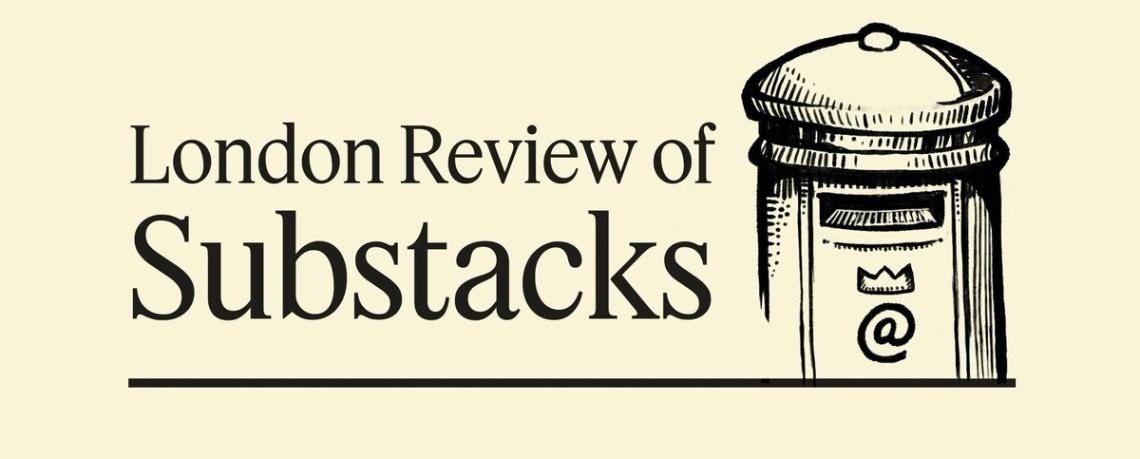 The sweet science The US government is slashing science funding. That’s extremely shortsighted, argues Gabriel Weinberg, the creator of the search engine DuckDuckGo — but so was the existing budget, which was already far too low. Science is the engine that drives increases in longevity and improvements in health; cutting R&D risks the US falling behind China and losing future wars; science investment makes money, with a roughly 20% annual ROI; and winning the battle against climate change without cutting living standards relies on new technologies, such as energy storage and carbon removal. Before the White House’s cuts, the federal government invested about $150 billion in R&D annually. What’s the right amount? “I’m not sure exactly,” Weinberg says, “but I’m positive the optimal level is much higher than it is now.” Just from the perspective of keeping pace with China, an extra $500 billion or so from the government, with a roughly equal amount hopefully following from industry, sounds about right, he argues. That would be equivalent to the levels of investment during the 1960s Space Race, around 10% of the federal budget. The road not taken US roads are dangerous. Per capita, twice as many die on them as on Greek roads, six times as many as on Japanese. Other rich countries have seen road deaths plummet since around 1980, but US numbers went up: If American roads had improved at the rate of Sweden’s, 25,000 lives would be saved a year. This is a policy choice, argues Abi Olvera in Asterisk. Other countries around the world implemented a set of urban planning decisions — the so-called Safe System — and the US did not. American road users are paying the price. In Europe, speed limits were lowered — in the Netherlands, the percentage limited to 30km/h, or 18mph, went from 15% in 1998 to 70% in 2008. Fast roads were designed to be intuitive, and to be forgiving of human error, with wide lanes and gentle curves. And European cities clearly distinguish between roads, designed for fast transport, and streets, which prioritize public access. US cities often have “stroads,” thoroughfares “where cars reach high speeds yet must also avoid drivers entering from adjacent businesses and homes.” The majority of fatal crashes happen on “stroads.” The solutions exist, says Olivera: “What’s missing is our collective will to demand them.” Full steam ahead Airliners are no faster today than they were in 1970. Slower, if you take Concorde into account. Traffic means that road speeds have decreased. “New buildings, airplanes, bridges, and trains built today are often barely distinguishable from those built decades earlier,” Michael Hopkins writes in Works in Progress, “apart from often costing much more money.” But one area defies the trend toward stagnation: Cruise ships. They continue to get bigger. Last year saw the largest passenger ship ever built, five times the volume of the Titanic, carrying 10,000 people at a population density 70 times that of London. Passenger ships used to be primarily for transport, built for speed. But with the advent of cheap jet travel, they pivoted to a new offering: Leisure cruises. Since then, freed of the constraint of being streamlined, they have got steadily larger, while building them has got cheaper, as have fares. Big liners are “some of the most impressive pieces of large physical infrastructure [built] this century,” says Hopkins, and have been able to become such because they lack “the rocketing costs and permitting obstacles that face new land-based infrastructure.” |